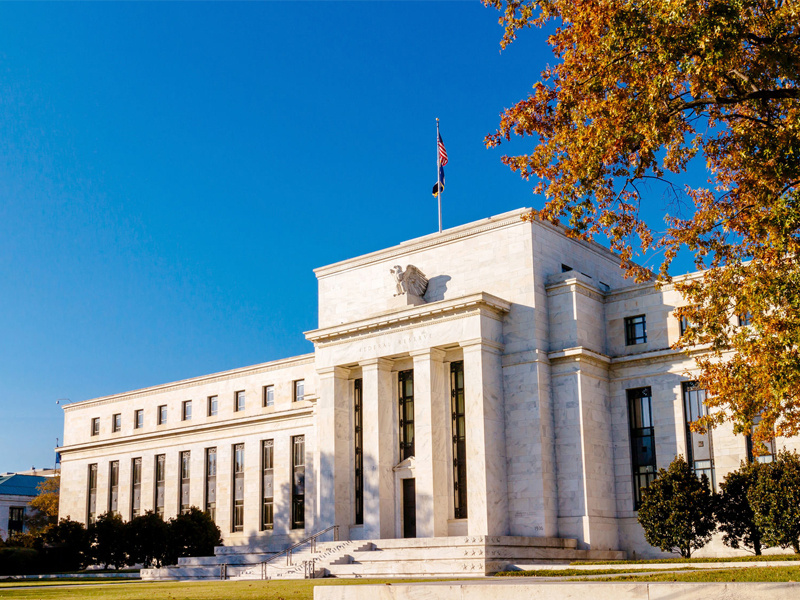
Senior bonds, especially government issues in Canada and the U.S., are generating returns more typical of hot stocks than sedate packages of federal debt.
U.S. 10-year Treasuries at the end of the first week of July yield 2.13%. Government of Canada 10-year bonds pay 1.58.%. These rates reflect total returns of 6.55% for the U.S. 10-year bond and 4.04 % for the Canada bond for the two months ended June 30, 2019. Bonds have been hot.
The question is: what is driving bond prices up? Part of the answer is central banks having given signals that they will not raise short rates before the end of 2019. That leaves the entire government bond curve lowish and flattish.
The Dow Jones industrial average surged on July 11 to hit an all-time high, just a hair over 27,000. The S&P 500 composite index topped 3,000. On the way up, some money was reallocated to bonds. And some went to cryptocurrencies.
The new Facebook currency, “Libra,” and other cryptocurrencies, appeal to folks who like to have their money off everybody’s ledgers. To the extent that money leaving the economy for these monetary “black holes” reduces the quantity of money in circulation and therefore tends to cut prices, cryptocurrency is a stepping stone to deflation. When deflation beckons, bonds become more appealing.
Deflation already is being discussed, for example, by the respected American journalist Robert J. Samuelson, whose May 1 column noted that the U.S. Federal Reserve Board’s inflation target, 2%, is 0.5% ahead of actual inflation in the U.S. while deflation for consumer spending is 1.5%. Translation: U.S. consumer prices are not even hitting official targets. Bottom line on this dilemma: corporate sales may fall with declining prices but, if that happens, fixed-rate government bonds will rise in price — as they are doing.
An official view is that the economy will continue to grow and that the Fed will cut rates as the industrial sector comes under pressure from tariffs. Rate cuts will ensure that the economy continues to motor along, says Dawn Desjardins, deputy chief economist at RBC Economic Research. “People are looking for yields in the expectation that interest rates will go down. They are paying a lot for that assumption.”
So hot are government bonds now that dealers cannot even fill all orders. Alfred Lee, portfolio manager with BMO Asset Management Inc., manages BMO’s bond ETFs. “At the short end of the curve, the market is pretty liquid,” Lee says. “We can get fills on Government of Canada bonds and the more heavily traded provincials, but fills are problematic on some provincial long issues.”
In corporate bonds, some energy names are hard to buy, Lee adds: “We are price-sensitive, so we skip the purchase if we don’t get our fill. The market has the feel of being in a late economic cycle, so we see more demand for government and senior corporate issues.”
The most senior of securities, government bonds, have been doing very well, pushed up by investors who are sure that interest rates are more likely to stay put or fall than to rise from present levels. The BoC overnight rate, 1.75%, is likely to hold at least to the end of 2020, according to forecasts by five of the Big Six banks. Most observers expect the Fed to hold its trendsetting overnight rate at 2.5%.
The exceptional run of government bond prices indicates two possibilities: investors want to pay for downside market protection by buying up government debt and paying the price with lower running yields; or they anticipate further price drops as the consensus hardens that there will be no rate rises by central banks in the next year, perhaps not until after the U.S. election in November 2020.
“The outperformance of government bonds is due to the Fed, the Bank of Canada and other central banks becoming very focused on getting overnight rates down,” says John Sims, vice president for fixed-income at T.I.P. Investment Wealth Manager Inc. in Toronto.
How long can it last? Money managers have been dropping their estimates for where yield will end up by the time 2019 is over, Sims says. “The Fed overnight rate could go as low as 1.60% by the end of 2019.” That implies a capital gain of 40 basis points from the present price level, Sims says. Which means there will be no increase in the overnight rate by the Fed before the end of the election.
“I think the BoC can hold rates where they are,” Sims adds. “Our economic data is strong for exports, relative to the U.S., and if the Fed holds its rates at 2.25%, as of now, then there is room for the BoC to raise rates. But that is not priced into the market now.”